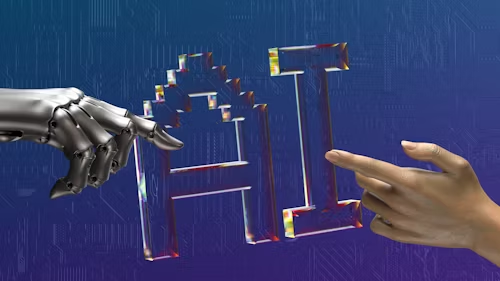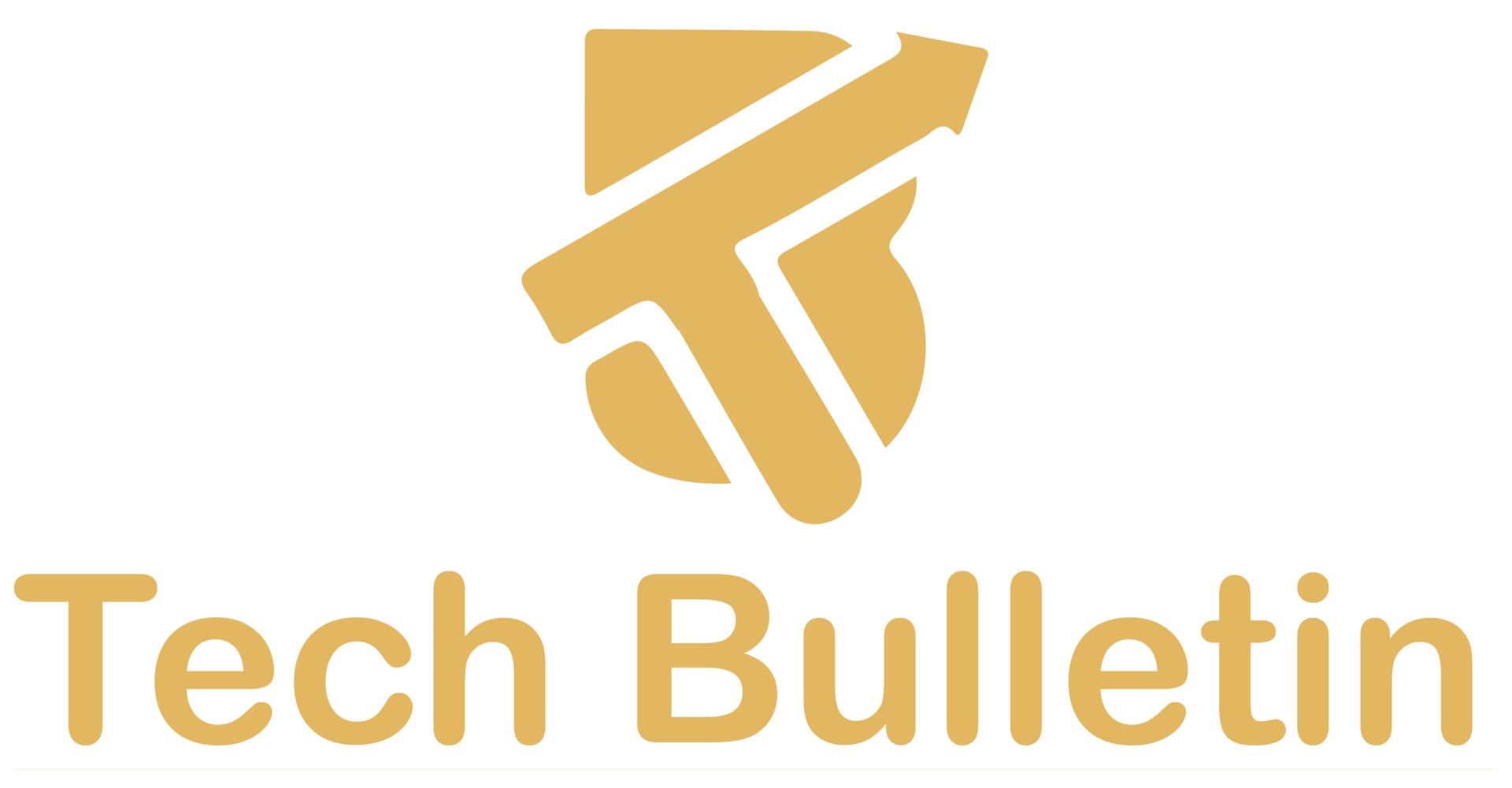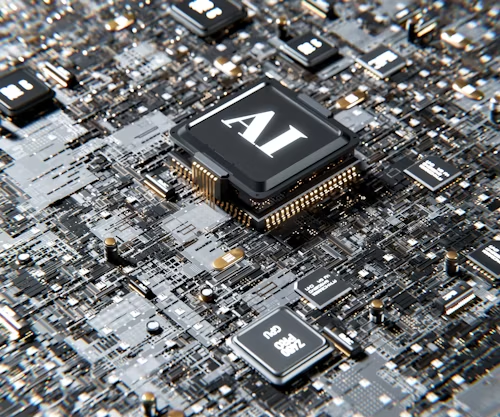AI Tools Like ChatGPT: What They Mean for Manufacturing and How to Choose the Right One

You’ve probably seen or heard tools like ChatGPT, AI systems that can understand language, answer questions, and even generate reports or code. Maybe you’ve wondered, “That’s great for writers and tech folks, but how does it help me in manufacturing?”
That’s exactly the question we’re going to answer. AI has quietly moved from science fiction into factory floors, design studios, and maintenance workshops. And just like automation once revolutionized production, AI is now reshaping how manufacturers plan, monitor, and optimize their operations.
What AI Tools Like ChatGPT Really Are
Think of tools like ChatGPT as industrial translators between human understanding and machine data.
Under the hood, ChatGPT is powered by something called a Large Language Model (LLM). Basically, a digital brain trained on enormous amounts of text. But in manufacturing, the exciting part isn’t the chat; it’s the intelligence behind it.
Imagine an AI system that can read maintenance logs, process reports, or equipment data, and then explain what’s going on in clear, concise language. That’s what tools like ChatGPT and its industrial cousins are doing: taking complex data and turning it into human insight.
For example, if your equipment monitoring system records irregular vibration data, an AI assistant could summarize the pattern, flag potential issues, and even recommend what to check first. Instead of scrolling through dashboards, you can ask questions conversationally, “Why did Line 3 slow down last night?” and get meaningful answers.
How AI Fits into Modern Manufacturing
Let’s be practical. Every plant faces the same challenges; downtime, waste, labor gaps, and constant pressure to deliver more with less. AI tools like ChatGPT are becoming part of the solution because they help teams do three key things better: understand data, automate knowledge, and communicate insights. Here’s what that looks like in practice:
| Area | Traditional Approach | With AI Tools Like ChatGPT |
|---|---|---|
| Maintenance | Manual log reviews and scheduled servicing | Predictive alerts from sensor data and AI-generated maintenance summaries |
| Quality Control | Visual inspection and sample checks | Automated defect detection and quality trend analysis using vision and text data |
| Production Reporting | Human-written shift reports | Automatically generated summaries from real-time data |
| Training and Documentation | Static manuals and time-consuming onboarding | Interactive AI tutors explaining machine procedures conversationally |
| Decision-Making | Data scattered across systems | AI unifies and explains information from MES, ERP, and SCADA systems |
What Makes a Good AI Tool for Manufacturing
Now, not every AI tool is suitable for the shop floor. Manufacturing is a world of precision, timing, and safety, and that demands AI systems built with those realities in mind.
A reliable manufacturing AI tool must first and foremost be accurate. There’s no room for “close enough” in production environments. The system should understand technical language, things like “feed rate,” “die temperature,” or “tolerance variance.” It must speak your language, not generic business jargon.
Then there’s integration. Manufacturing systems are rarely simple; they’re an orchestra of MES, ERP, PLCs, and IoT devices. A strong AI platform must fit naturally into this environment, pulling data from multiple systems without breaking the flow. When it integrates smoothly, it becomes a partner, not another isolated dashboard.
And let’s not forget data security. Industrial data is sensitive. No plant manager wants production specs or performance metrics floating around unsecured servers. So, the right AI solution should run in a secure, compliant environment, ideally on your company’s private cloud or on-premise servers to keep intellectual property safe.
Examples from the Factory Floor
Let me give you a few examples of where this is already happening.
1. Siemens Industrial Copilot
Siemens Industrial Copilot, built with Microsoft, is one of the first true “AI assistants” designed for engineers. Imagine telling your system, “Write me PLC code for a motor that runs at 1500 RPM and stops when temperature exceeds 85°C,” and watching it generate the base code instantly. That’s what’s possible now.
2. IBM’s watsonx
Then there’s IBM’s watsonx, which is being used to forecast maintenance needs and quality variations. A production line can feed in real-time data, and Watson can tell you not just when something might fail, but why. It connects the dots between vibration, temperature, and load changes; the kind of analysis that used to take days.
3. PTC’s ThingWorx
PTC’s ThingWorx goes a step further, integrating AI with IoT and digital twins. It allows you to simulate an entire process, before applying it to your actual production line. That saves energy, materials, and costly trial-and-error.
Choosing the Right Tool for Your Plant
Here’s something I often tell manufacturing leaders: choosing an AI tool isn’t about picking the most advanced system; it’s about picking the right fit for your people and processes.
Start by identifying a single problem worth solving. Maybe your maintenance backlog is growing, or your quality reports take too long to compile. Define that clearly. Then, look for an AI solution that addresses that issue first.
Next, evaluate your data. Is it clean, consistent, and accessible? AI feeds on data the way machines feed on energy. If your information is scattered or incomplete, that’s the first area to fix before rolling out any AI solution.
Run a pilot (a small, contained experiment). Monitor its performance, learn what works, and adjust before scaling. And finally, invest in people. Train your engineers and operators to interact with AI effectively. The technology is powerful, but its real value depends on how well humans use it.
The Benefits of Using AI in Manufacturing

Let’s step back for a moment. Why does this matter? What’s the tangible value here?
1. Predictive Maintenance
Traditional maintenance is often reactive or scheduled at fixed intervals, meaning a machine might break unexpectedly between maintenance cycles or maintenance may be performed unnecessarily, wasting resources.
AI changes that by analyzing sensor data, vibration patterns, temperatures, and historical maintenance records to predict failures before they happen.
For example, a CNC machine in a factory may begin showing subtle signs of spindle wear. An AI system can detect these anomalies early, alerting the maintenance team to intervene before the spindle fails. This reduces unplanned downtime, prevents expensive repairs, and keeps production lines running smoothly.
2. Enhanced Quality Control
In conventional manufacturing, quality inspection relies on human vision or periodic sampling. While effective, this approach can miss subtle defects or inconsistencies, especially in high-speed production.
AI-driven quality control uses computer vision and pattern recognition to monitor every product in real time. For instance, in an electronics assembly line, AI cameras can detect microscopic soldering errors or surface defects that human inspectors might miss. This ensures higher quality products, reduces scrap and rework, and builds stronger customer trust.
3. Optimized Supply Chains
Supply chains are increasingly complex, involving multiple suppliers, distribution centers, and transportation routes. AI tools help manufacturers analyze historical data, market trends, and logistics information to forecast demand accurately and optimize inventory levels.
For example, AI can predict that a certain part will experience high demand next quarter due to market trends or seasonal patterns. Manufacturers can then adjust procurement schedules, reduce stockouts, and minimize excess inventory. This leads to lower costs, faster fulfillment, and a more responsive supply chain.
4. Process Efficiency
Manufacturing processes involve countless variables; temperature, pressure, speed, material properties, and more. Optimizing these manually can be difficult or impossible. AI tools can analyze real-time and historical production data to fine-tune parameters for maximum efficiency.
For example, in a plastic injection molding line, AI can adjust heating cycles, injection speeds, and cooling times to reduce defects while maximizing throughput. The result is higher productivity, lower energy consumption, and less material waste, all without constant human intervention.
5. Better Decision-Making
Modern factories generate enormous volumes of data across machines, production lines, and supply chains. This data is valuable, but it’s often too complex for humans to interpret quickly. AI tools can turn raw data into clear, actionable insights, allowing managers and engineers to make informed decisions faster.
For instance, an AI system might detect a subtle drop in efficiency on a specific line and correlate it with changes in raw material quality.
6. Workforce Support
AI doesn’t replace workers; it augments them. By handling repetitive or data-heavy tasks, AI frees technicians, engineers, and operators to focus on innovation, problem-solving, and continuous improvement.
For example, an engineer who would normally spend hours manually compiling machine performance reports can now rely on AI to summarize and visualize the data. The engineer can then spend that time optimizing processes, testing new production methods, or mentoring junior staff; roles that create greater value than repetitive tasks.
Key Risks and Limitations
1. Data Quality Issues
AI relies entirely on the data it’s fed. In manufacturing, this data comes from sensors, machines, production logs, and ERP or MES systems. If the data is incomplete, inconsistent, or noisy, the AI’s predictions and recommendations can be misleading.
For example, if vibration sensors on a motor are malfunctioning and sending irregular readings, an AI system may either fail to detect a developing failure or issue false alerts. Poor data quality doesn’t just reduce accuracy. it can undermine trust in AI systems, making operators hesitant to act on their insights.
2. Model Bias
AI learns from historical patterns, which can sometimes create bias in its outputs. In manufacturing, this might mean the AI overemphasizes trends from past production runs or ignores rare but critical failure scenarios.
For instance, if an AI has only seen high-quality material batches in its training data, it may underestimate the likelihood of defects when lower-grade materials are used. Without careful monitoring, biased models can reinforce existing inefficiencies or miss critical edge cases, leading to costly mistakes.
3. Integration Complexity
Most factories operate on a combination of legacy systems and modern technology. AI tools need to connect to MES, ERP, SCADA, PLCs, and IoT devices, often from different vendors and eras.
Integrating AI into this heterogeneous ecosystem can be technically challenging. If the connections are unstable, data may be delayed, misinterpreted, or lost entirely. Deployment requires careful planning, skilled IT and OT collaboration, and sometimes hardware or software upgrades to ensure seamless operation.
4. Cybersecurity Risks
AI systems in manufacturing typically require access to sensitive operational data and connected devices. This creates a potential attack surface for cybercriminals.
A compromised AI system could expose production schedules, proprietary processes, or even allow malicious actors to manipulate equipment. Protecting AI environments requires strong cybersecurity practices, including network segmentation, encrypted communications, and regular vulnerability testing.
5. Overdependence
One of the most subtle risks is human overreliance on AI. When operators or managers start trusting AI recommendations blindly, their own judgment and critical thinking can weaken over time.
For example, if maintenance teams rely solely on AI to predict failures, they may overlook unusual conditions that the AI wasn’t trained to recognize. This overdependence can reduce human oversight, slow problem-solving in novel situations, and create blind spots in operational safety.
Looking Ahead The Future Manufacturing Factory
The next wave of AI in manufacturing will be deeply interactive and multimodal, capable of understanding not just text, but also images, video, voice, and sensor data at once. You’ll be able to point a camera at a machine, ask, “What’s wrong here?” and get a data-backed analysis in seconds.
Digital twins will become even more intelligent, automatically learning from real operations and suggesting process improvements without human prompting. On-device AI will ensure sensitive data never leaves your plant, protecting intellectual property while keeping operations lightning-fast.





